Up early, I had time for a walk to the Cambridge Tea House before starting my workday at home. I savored every step in the cool morning air, aware that hot summer days are not far off. Usually, when I stop at the tea house, I’m driving to work. I pick up a currant scone and eat it in the car. Not Friday. I treated myself to a full breakfast instead. And time to enjoy it.
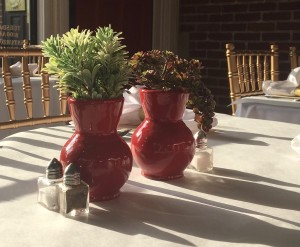
Photo: Mary van Balen
“You have your choice; sit anywhere you’d like,” the young waitress said with a smile as she welcomed me into the just opened dining room. Sun pushing through a partly cloudy sky brightened the white table cloths and red vases topped with tiny succulents. Beautiful. I passed them by, though, choosing instead to sit at a plain, wooden table with lots of extra space since I planned on doing some writing.
Small celebrations feel good inserted into busy routines. Slowing down to join in friendly conversation and to jot down thoughts in my journal help me cope with disturbing news from around the world and in our country, and to remember the good. Shortly after I placed my order, the owner/chef came out to chat—one of the perks of frequenting small, local eateries. She works long hours in a small kitchen, turning out delicious food six days a week.
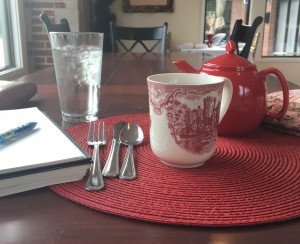
Photo: Mary van Balen
Tea arrived in a bright red pot along with a tea cozy to keep it steamy. Even the cup was heated. I filled it and brought it close to my face, sniffing the aroma of the Queen Catherine blend. I filled a couple pages in my journal. The long table was the perfect size for a gathering of friends. “Invite people over more often,” I wrote, thinking of the table in my apartment.
Breathe in Grace. Breathe out gratitude.
I was already content when the quiche arrived. Too much food to eat there, I finished what I could, poured what was left in the teapot into a paper cup and snapped on a lid, bagged up the homemade bread, and peeked into the kitchen to say goodbye.
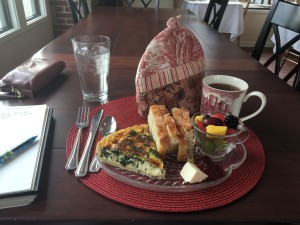
Photo: Mary van Balen
Ovens were on, freshly baked bread lined a shelf, and pans and utensils covered counter space.
“Thanks, Mary. Have a good day.” She smiled. “Thanks for coming in. Come back soon.”
The two other women working in the kitchen were busy, too, but smiled their goodbyes.
Breakfast. Ordinary. Extraordinary.
Breathe in Grace. Breathe out gratitude. So easy. So easy to forget.
© 2017 Mary van Balen


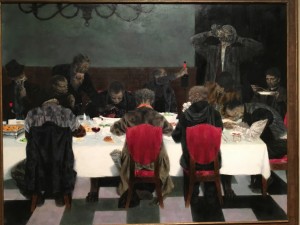



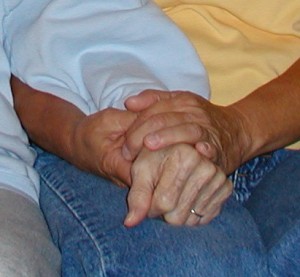
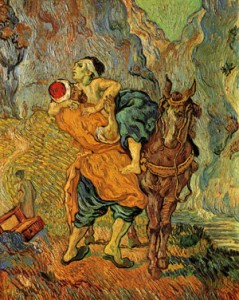

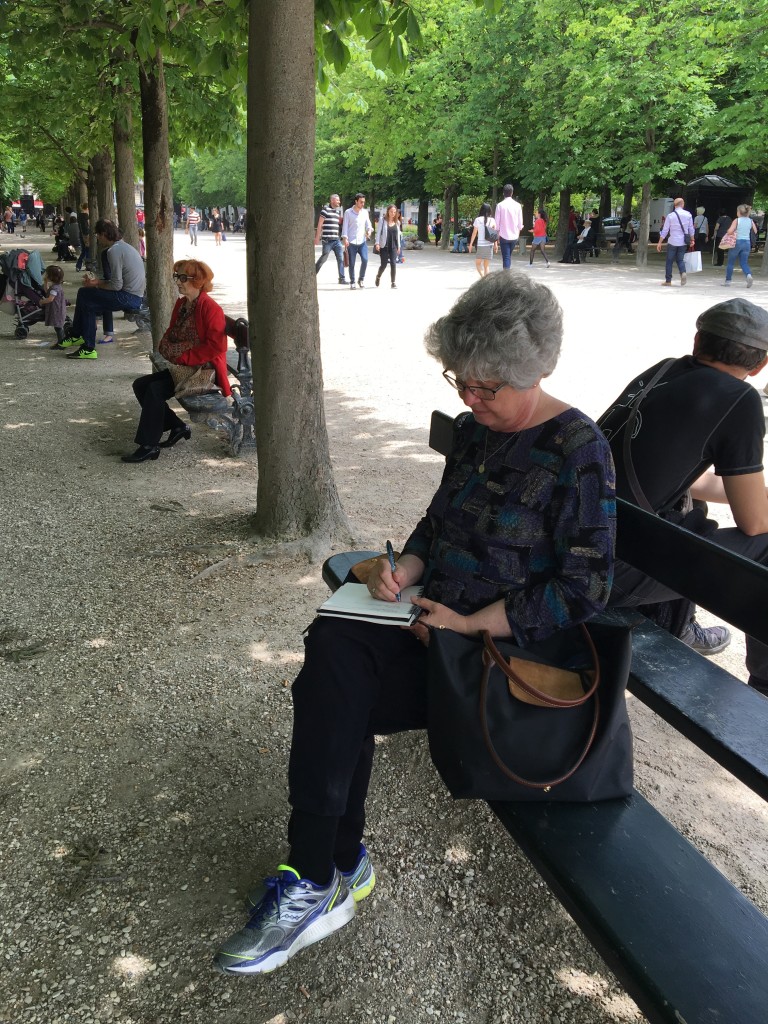










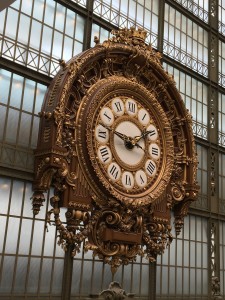
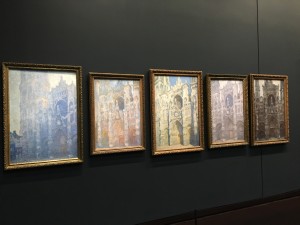
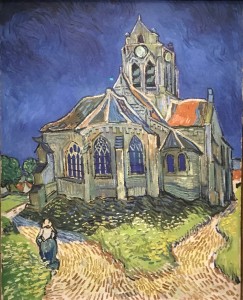

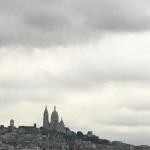
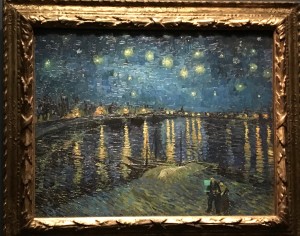
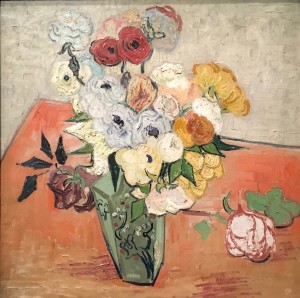

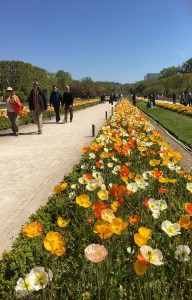
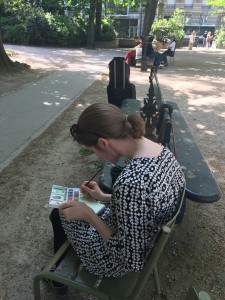
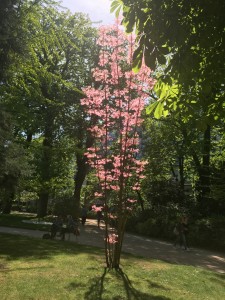



 Bright sun was a welcome change from the grey overcast days we’d been having. I hurried along the sidewalk, passing upscale condos along the street adjacent to the downtown parking lot where my car waits everyday while I’m at work. The brown sandstone cathedral sits just across the street. I thought about dropping in, but opted for the church of buildings and people, cars and cracked sidewalks instead. The cathedral would be locked anyway.
Bright sun was a welcome change from the grey overcast days we’d been having. I hurried along the sidewalk, passing upscale condos along the street adjacent to the downtown parking lot where my car waits everyday while I’m at work. The brown sandstone cathedral sits just across the street. I thought about dropping in, but opted for the church of buildings and people, cars and cracked sidewalks instead. The cathedral would be locked anyway.